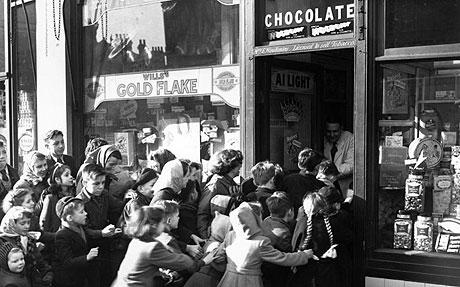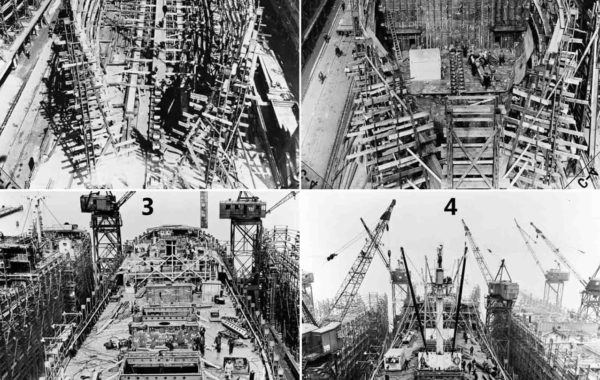When the United States established a Maritime Commission to oversee the modernization of its fleet of merchant ships during World War II, it did so with typical American gusto. By September, 1941, the country began turning out mass-produced freighters known as “Liberty Ships.”
The first ship was named the “S.S. Patrick Henry” and when she was launched by President Franklin Roosevelt, he recalled the Revolutionary War hero’s quote, “Give me liberty or give me death.” These ships, Roosevelt said, would bring liberty to Europe. His promise became the identity of the entire class of ships.
Eighteen shipyards in the U.S. began turning out Liberty Ships. Each ship was made up of some 250,000 standardized parts made in locations across the country. These parts were fabricated into 250-ton sections that were delivered to the shipyards and welded together to produce a serviceable vessel capable of carrying up to 10,000 tons of cargo at a top speed of 11 knots. Pre-fabrication and assembly-line techniques allowed the original 230-day construction schedule to be reduced to an average of 42 days. By 1943, the shipyards as a group were turning out three ships a day.
After Patrick Henry, the initial ships were named after the signers of the Declaration of Independence and other famous Americans. Later in the war, any group that could raise $2 million in war bonds could propose a name. Usually it was the name of a deceased person, but not always. The New York City USO Club (a club for military personnel) proved so adept at raising funds that two ships were named in honor of the organization: “S.S. Stage Door Canteen” and “S.S. USO.”
Liberty Ships were affectionately dubbed “ugly ducklings” by Time Magazine, but they were certainly not sitting ducks. Each ship was armed with a stern-mounted 4-inch deck gun and several anti-aircraft guns. The weapons were manned by U.S. Navy personnel, while members of the ship’s civilian 44-man crew were trained to replace injured servicemen if necessary.
In September, 1942, the “S.S. Stephen Hopkins” engaged in a one-on-one gun battle with the German commerce raider “Stier.” Although the Hopkins was badly damaged, she became the first American ship to sink a German surface warship.
By 1943, the United States was turning our more cargo ships than could be sunk by German U-boats, helping to keep up a steady delivery of wartime supplies and raw materials to the British Isles and the Soviet Union. The tide of the Battle of the Atlantic had turned in the Allies’ favor, fulfilling President Roosevelt’s prophecy.
german u-boats
Why was Food Rationed in Britain in World War II?

Candy rationing ended in Britain in 1953!
Before food was rationed, and prior to World War II, Britain imported about 55 million tons of food a year from other countries.
The British government was forced to limit imported food after the war began in 1939, because German submarines attacked British supply ships. As a precautionary measure, the British government introduced a rationing system to alleviate shortages of food supplies available..
Rationing ensured that the citizens received equal amounts of food every week. Would prices rise as food became scarcer? Would the poor be able to afford to eat? Would some people hoard food?
So rationing was a necessary consequence of the shortages, making them more bearable for the entire population.
How did food rationing work?
Each person in Britain received a ration book after registering, and was assigned to buy their food from chosen shops. Since there weren’t any supermarkets, people visited several different shops for meat, vegetables, bread,…
After items were purchased they were crossed off the buyer’s ration book by the shopkeeper.
The first items to be rationed on January 8, 1940, were bacon, butter and sugar.
And, everyone received 16 points per month for whatever food items they desired (Potatoes, fruit and fish were not rationed).
Indicative of the devastation the war had on Britain, food rationing lasted 14 years!
It began in 1940 and ended July 4, 1954.


